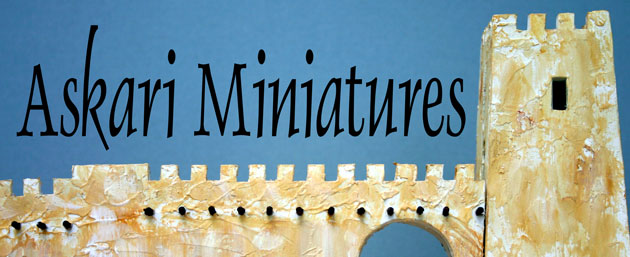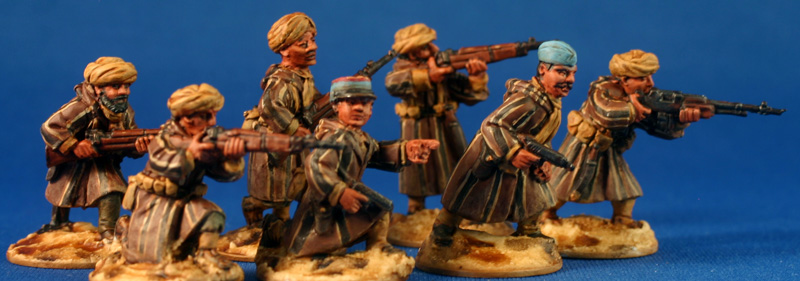An excerpt from The German Squad in Combat, Special Series No. 9, Military Intelligence Service, War Department, Washington, D.C., Jan 25, 1943
FOREWARD
THIS TEXT is the translation of the greater part of a German handbook designed to aid in squad training. The material illustrates, with a wealth of concrete examples, the basic tactics of the German rifle squad. These tactics differ somewhat from those of the U. S. squad, mainly in that the enemy unit is built for tactical purposes around the employment of the squad’s light machine gun. It is believed that U. S. company officers and noncommissioned officers will profit by this opportunity to study the combat methods of the basic German infantry unit.
Section l. ORGANIZATION AND FORMATIONS OF THE SQUAD
1. ORGANIZATION AND EQUIPMENT
The rifle platoon consists of the platoon leader, platoon headquarters (one leader and three men), four squads, and the light-mortar squad (one leader and two men).
The squad is the smallest combat unit. It consists of the squad leader and nine men, one of whom is the second- in-command. The second-in-command is the assistant of the squad leader and represents him in case of necessity. He is responsible for liaison with the platoon leader and adjacent squads.
| Members | Equipment | Duties |
| Squad leader | Machine pistol with 6 magazines (each with 32 rounds) in magazine pouches, Magazine loader, Field glasses, Wire cutters, Pocket compass, Signal whistle, Sun glasses, Searchlight | The squad leader commands his squad. He directs the fire of the light machine gun and, in so far as the combat permits, that of the riflemen. He is responsible for the mechanical condition of the weapons and equipment, and for the availability of ammunition within his squad. |
| Machine-gunner (No. 1) | Machine gun 34 with belt, Magazine 34 (50 rounds), Tool pouch, Pistol, Short spade, Sun glasses, Searchlight. | The machine-gunner operates the machine gun in battle. He is responsible for the care of the weapon. |
| Assistant (No.2) | Barrel protector with a spare barrel, 4 belt drums (each with 50 rounds), Ammunition belt 34, Pistol, Ammunition box (‘300 rounds), Short spade, Sun glasses. | This member of the squad is the assistant to the machine-gunner in combat. He insures the supply of ammunition. He assists the machine-gunner in the preparation for firing and in going into position. Then he usually takes position under cover, several paces to the left flank or rear of the machine-gunner. He is always ready to aid the machine-gunner (for example, by correcting jams, changing barrels, righting the gun on bipod) or to replace him.
After the gun has gone into position, if there is suitable cover present he lies down near the machine-gunner and aids him in serving the machine gun. He also aids the machine-gunner in the care of the weapon. |
| Ammunition-carrier (No. 3). | Barrel protector with a spare barrel, 2 ammunition boxes (each with 300 rounds), Ammunition belt 34, Pistol, Short spade. | If possible, the ammunition-carrier takes a position to the rear, under cover. He inspects the ammunition belts and ammunition. He also operates as a close-in or hand-to-hand fighter. |
| Riflemen (Nos. 4-9). | Rifle (each), 2 ammunition pouches, Short spade. | And when ordered: Hand grenades, Smoke grenades, Explosive charges, Ammunition, Machine-gun tripod. The riflemen execute the close-combat fighting with rifle fire and bayonet. |
One rifleman is the second-in-command. He is the assistant of the squad leader and commands the squad in the absence of the leader. He is responsible for liaison with the platoon commander and with Adjacent squads.
ASKARI MINIS NOTE: This is the early war version of the infantry squad (KStN 131a, 1937). As the war progressed, the squad was reduced from 10 to 9 men by eliminating the dedicated Ammunition-carrier (No. 3) (KStN 131n, 1.10.43). All the riflemen in the squad might carry ammunition for the MG-34 (or MG-42). The second in command would carry a machine pistol or other semi-automatic weapon in addition to the squad leader.
The machine pistol (German: Maschinepistole) was the MP40, a sub-machinegun.
Askari Minis Afrika Korps (GER-105) and Gebirgsjaeger (GER-115) rifle squads are built as 9-figure units.



